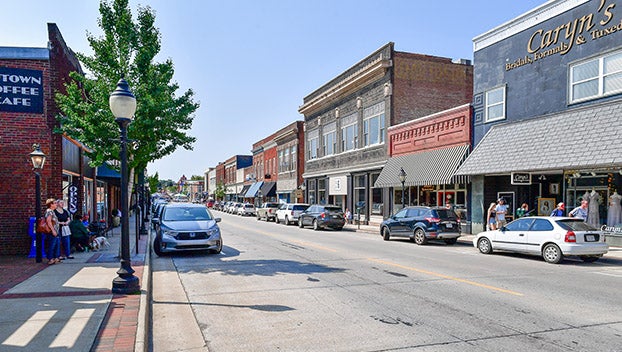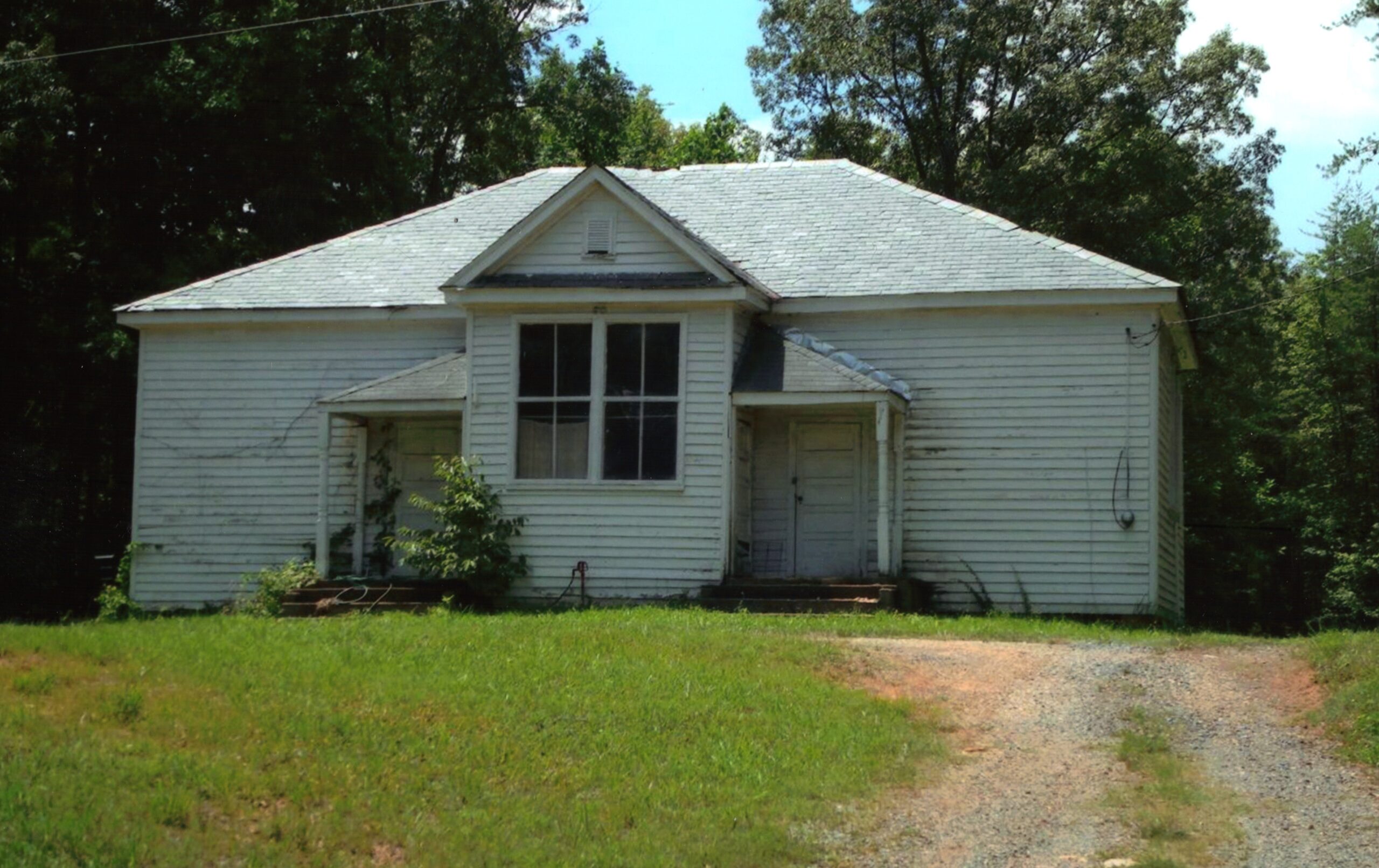Where does your water go?
Published 12:33 pm Thursday, December 20, 2018
With all of the rain that has fallen in recent months, you have probably seen channels of flowing water following a rain event. But where does that water go?
While some of it is taken up by the soil and plant roots, and a portion evaporates into the air, much of the precipitation becomes runoff. Runoff refers to the water that cannot infiltrate (trickle down) into the soil once the soil has become saturated and cannot accept more water. Runoff flows into creeks and then into rivers, which discharge to larger bodies of water, such as the Chesapeake Bay or Albemarle Sound.
These bodies of water make up a watershed, which is “an area of land that drains all the streams and rainfall to a common outlet such as the outflow of a reservoir, mouth of a bay, or any point along a stream channel. The word watershed is sometimes used interchangeably with drainage basin or catchment.” (U.S. Geological Survey)
Trending
Why are watersheds important? What happens on the land doesn’t stay on the land—it ends up in the water. We are all downstream (and upstream) of someone else, so our activities impact those outside of our immediate area. According to the National Oceanic and Atmospheric Administration (NOAA), “Water from hundreds, and often thousands, of creeks and streams flow from higher ground to rivers that eventually wind up in a larger waterbody. As the water flows, it often picks up pollutants, which may have sinister effects on the ecology of the watershed and, ultimately, on the reservoir, bay, or ocean where it ends up.”
To put this into perspective, think about the watershed that you live in. If you are a Prince Edward County resident, you live in the Chesapeake Bay watershed, along with more than 17 million other people in parts of New York, Pennsylvania, Delaware, Maryland, Virginia, West Virginia, and Washington, D.C. The creeks and streams in Prince Edward County flow to the Appomattox River, then to the James River, and finally to the Chesapeake Bay.
(Exception: a small southeast portion of Prince Edward flows into the Nottoway River, then into the Chowan River, and then into the Albemarle Sound.) According to the Chesapeake Bay Foundation, the Chesapeake Bay “is the largest estuary in United States and the third largest in the world. [It] supports 348 species of finfish and 173 species of shellfish [and] … more than 3,600 species of plant and animal life [and] produces more than 500 million pounds of seafood harvest each year.”
While the Chesapeake Bay is a highly important part of the economy, job market, and recreation opportunities, it cannot continue to support us if we do not ensure that it is healthy. When you think of water pollution, you may think of oil spills or large companies dumping toxic waste into rivers. Those are examples of point-source pollution, which come from a “single identifiable source […] such as a pipe, ditch, ship or factory smokestack” (U.S. Environmental Protection Agency).
However, many water pollutants come from non-point sources, which cannot be identified as directly as a point-source. For example, runoff flows across the ground before it reaches a stream or creek. On its way, it may pick up pollutants such as trash, motor oil, fertilizer or sediment. While a point-source, such as an oil spill, may contribute a large volume of pollutants at one given time, non-point source pollution adds up quickly. Imagine the amount of pollution that washes into streams during a storm event in the Chesapeake Bay watershed – that’s a lot of pollution across six states and Washington, D.C.!
In next month’s column, we will discuss some examples of non-point source pollution that you may see in your everyday life and what changes you can make to improve water quality. Stay tuned. And remember – everyone is downstream of someone else.
Trending
EMILY GIBBS is the Residential Conservation and Marketing Coordinator at Piedmont Soil & Water Conservation. You can contact her at (434) 392-3782 ext. 131 or visit www.piedmontswcd.org.





